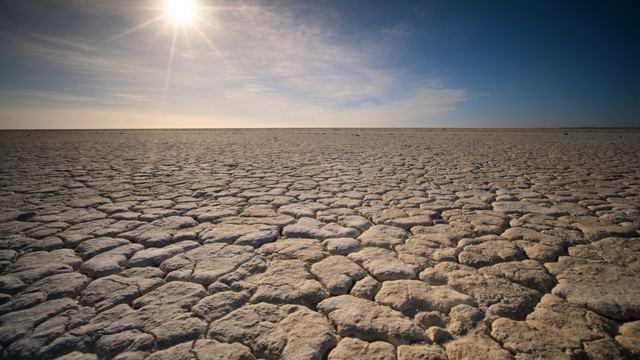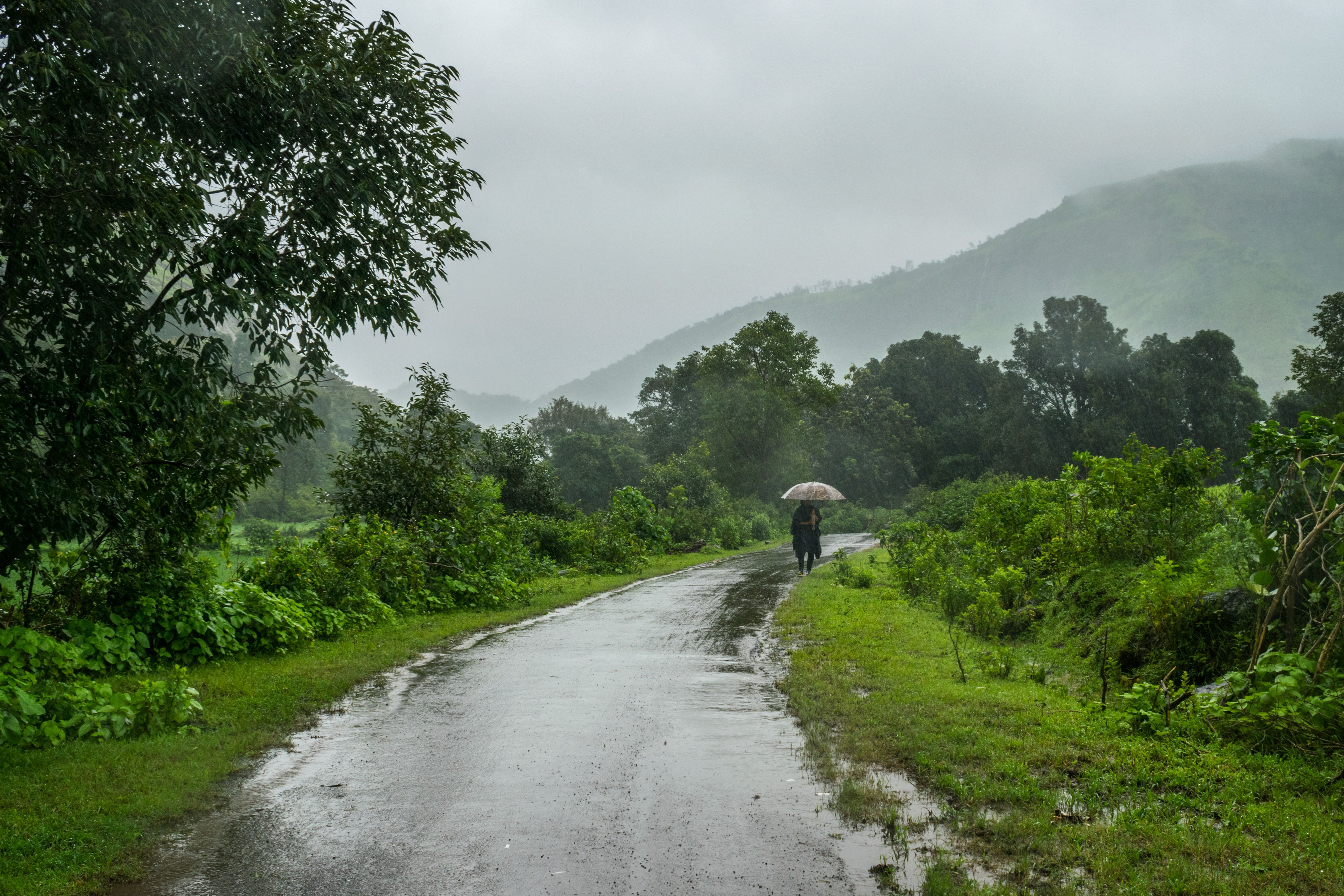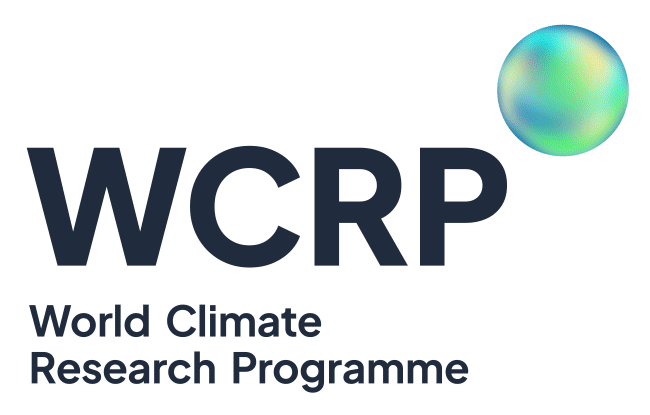
Dr Sonia I. Seneviratne
Professor for Land-Climate Dynamics, ETH Zurich, and IPCC Working Group I Vice-chair
This summer has been like no other. It was the warmest on record, with the month of August being the first to reach an anomaly of 1.5°C above the pre-industrial average for 1850-1900. Forest fires in Canada induced an unprecedented loss of forests, leading to CO2 emissions about triple of the country’s annual carbon footprint. Heatwaves affected North America, Europe, and Asia, and torrential rain fell in several countries across the Mediterranean in September. All these extreme conditions were made more probable due to human-induced climate change and will become increasingly frequent and intense with additional emissions of CO2 in the atmosphere, as summarized in the latest assessment of the Intergovernmental Panel on Climate Change (IPCC).
What can we do as a climate research community in the face of the mounting extremes resulting from our footprint on the climate system?

Wushan YING
Monsoons are defined as seasonal transitions of atmospheric circulation and precipitation regimes. They affect the lives of approximately half of the world’s population from developing and least-developed countries (which also are some of the most densely populated regions of the world) in many aspects, like water availability, agriculture, and food security.
As a complex system that is highly impacted by atmospheric-ocean-land-ice interactions, monsoons represent a major annual mode of variability in the tropics and extra-tropics, such as in the Eastern Asia, where anomalies could cause huge economic and property loss. In recent years, several monsoon regions around the world have experienced record-breaking rainfall. Notable events include the heavy rainfall in Henan, China, in 2021 and the extreme precipitation in Pakistan in 2022, (State of the Climate 2021; State of the Climate 2022). In the past summer, both Japan and Northern China faced extreme precipitation events linked to tropical cyclones (up to 500 mm of rainfall in 24 hrs; July 2023 Global Climate Report | National Centers for Environmental Information (NCEI) (noaa.gov)), a dominant driver of such extremes during the monsoon season.
The pressing question in this regard is: will the intensity of these extreme rainfall events increase in the future?

